

 4D GRAVITY®
4D GRAVITY®

What is 4D GRAVITY®
airframe structural design technology?
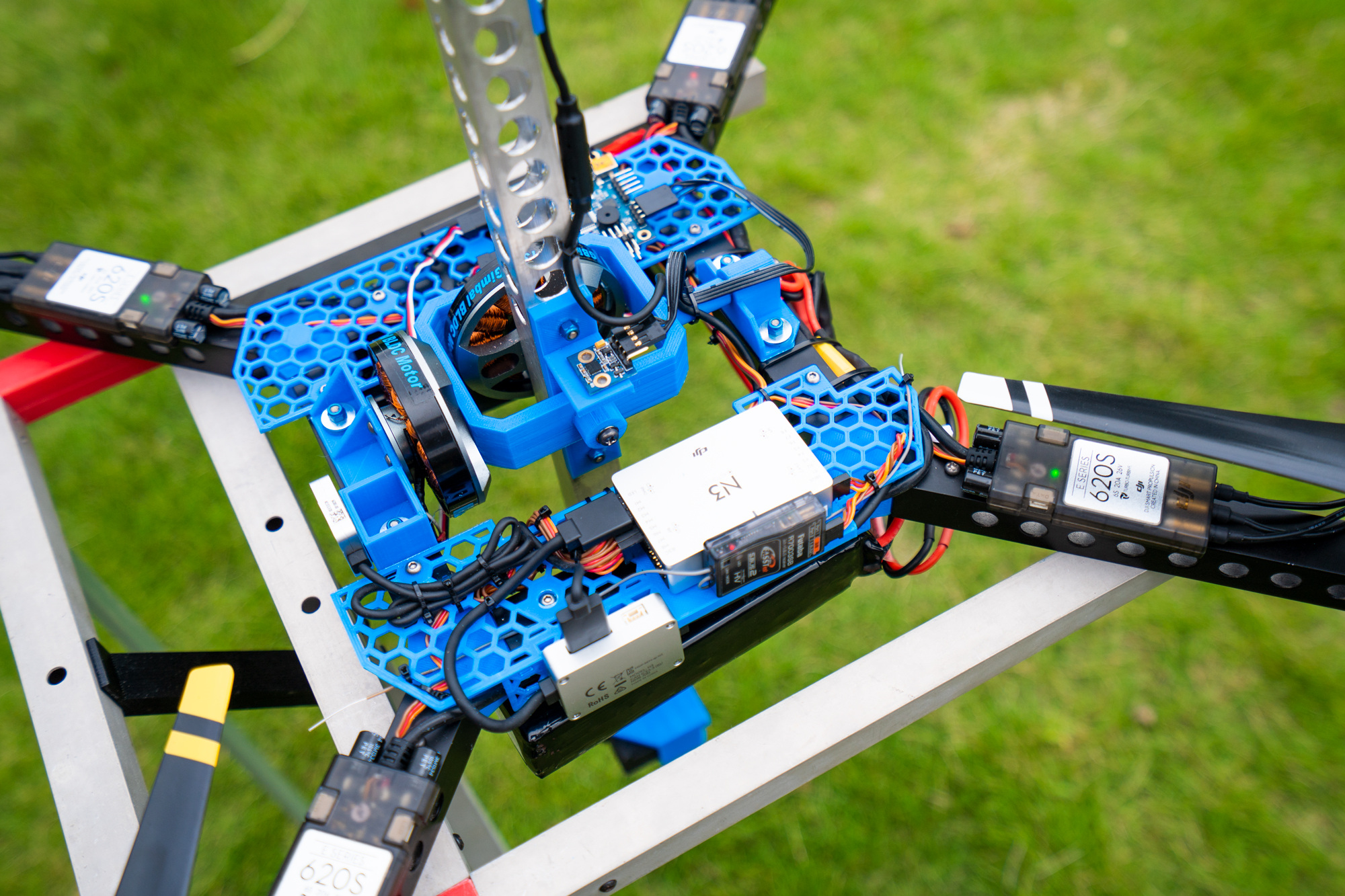
Technology
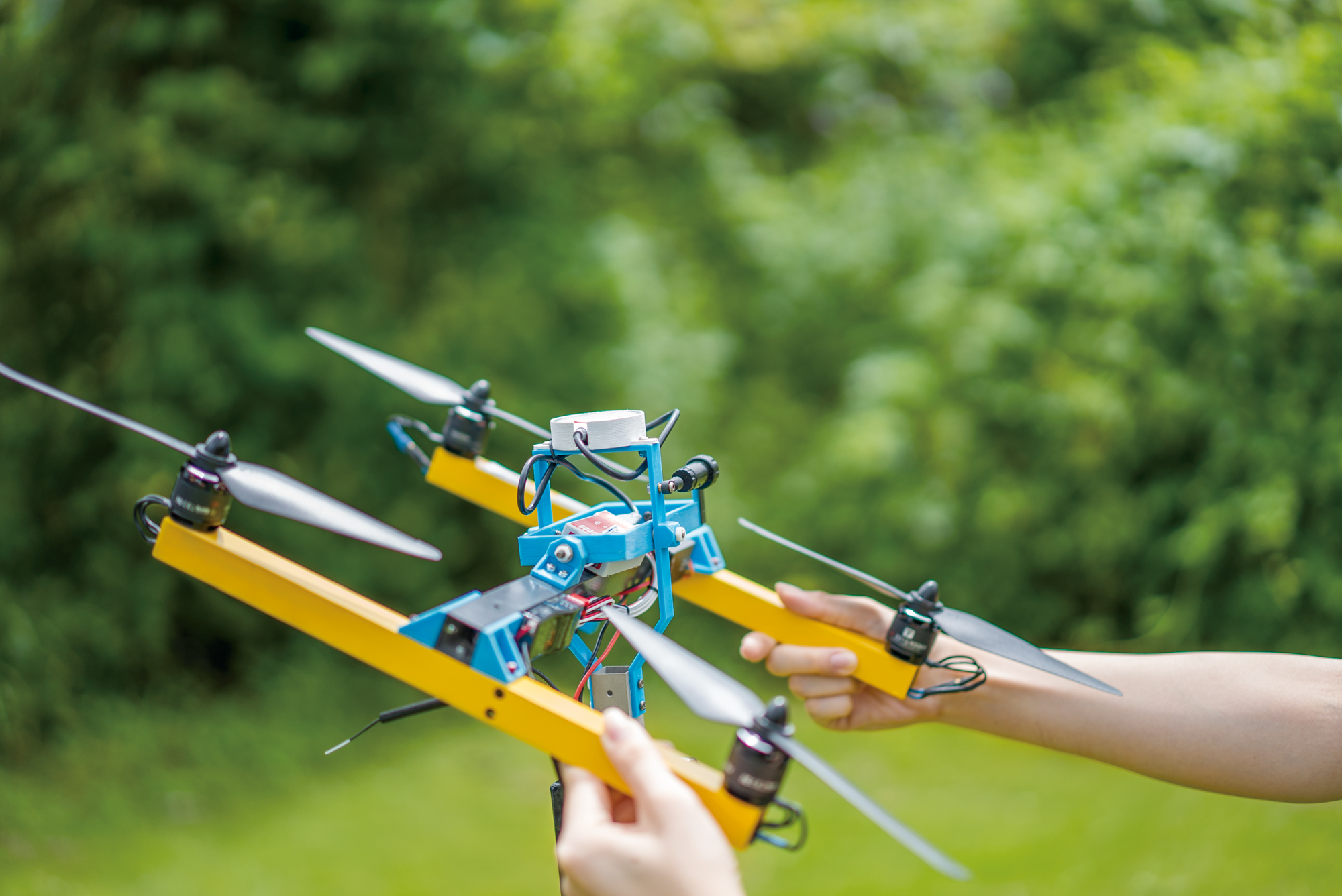
Technology to optimize the center of gravity of drone airframe
4D GRAVITY® is an airframe structure design technology developed by Aeronext that optimizes aerodynamic characteristics of industrial drones and logistics drones, by equalizing motor speed regardless of attitude, state, or movement during flight and controls lift, drag, and fuselage center of gravity based on airframe shape and structure to improve the basic performance including stability, efficiency, and mobility.
The “Separate Coupled Structure” is one of the key features of 4D GRAVITY®, and enables independent positioning of the drone’s flight and payload sections. A drone can be roughly divided into two parts: the flight section (propeller, motor, and arm) and the payload section (camera, cargo, etc.). 4D GRAVITY®︎ physically isolates the flight section from the payload section, enabling stable balance and unprecedented movement of the aircraft.
Background

Drones face a number of challenges, such as wind tolerance, reliability, flight time, and flight speed.
While conventional developers try to address these issues with software, Aeronext is attempting to solve them with hardware, as its technological development theories dictate.
The central theme of the drone architecture that Aeronext aims to create is “attitude control,” and by fundamentally rethinking the structure of the airframe in drones, we have developed our own airframe structural design technology, “4D GRAVITY®︎.”
4D GRAVITY®︎ is characterized by its “Separate and Independent Structure,” which physically separates the flight section from the payload section using gimbals to allow independent movement of each section. 4D GRAVITY®︎ not only improves basic drone performance, but is also a basic technology for drone frames which allows them to be utilized in a variety of industrial applications.
Conventional airframes shift their center of gravity when tilted, thus placing a load on some of the motors. Aeronext’s 4D GRAVITY®︎ equipped airframe has a separated structure, so the center of gravity does not shift even if it tilts.
This stabilizes the motors and improves energy efficiency (as well as aircraft stability). As a result, the drone’s wind tolerance, reliability, flight time, and flight speed challenges can be alleviated with the 4D GRAVITY®︎.

Benefits
Improved Fuel Economy
Aircraft equipped with 4D GRAVITY®︎ can equalize the load on the motors during flight, and results in improved fuel economy.
Improved Safety
The aircraft is more resistant to in-flight center-of-gravity changes, crosswinds, and updrafts that can cause crashes, and its flight attitude is more stable because it is not forced to fly at unstable attitudes.
Improved Maneuverability
Separation of the flight section from the payload body greatly improves the responsiveness of the flight section, resulting in more agile movements and faster flight speeds.
Made Possible by 4D GRAVITY®︎
One important aspect of 4D GRAVITY®︎ is that it not only improves the basic performance of drone airframes, but also enables the possibility of developing a wide range of applications. For example, drones can be utilized in a variety of industrial applications, such as:
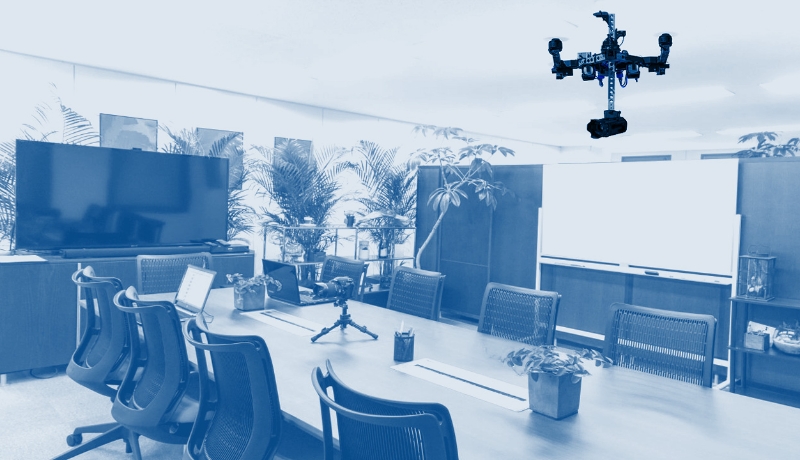
A 4D GRAVITY®︎ aircraft with axis stabilization, for example, that can stay stationary just under the ceiling, and then at night, flies around the office for security, returning again to the stationary position in the morning.
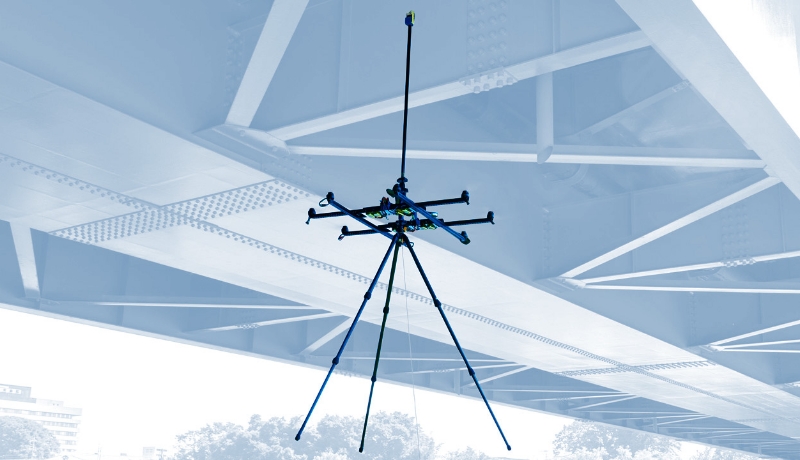
In tight spaces that are difficult to see, such as the underside of bridges, a drone with a camera attached to the end of a long pole can perform inspections.
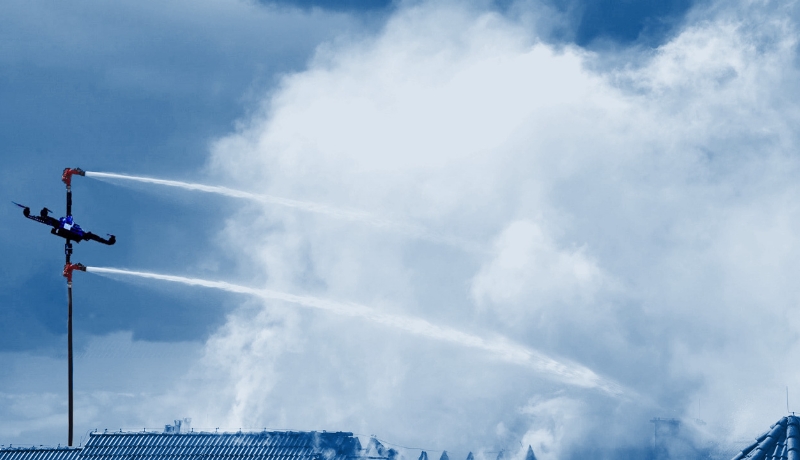
Drones capable of releasing water while flying stably, even with recoil torque from water discharge.
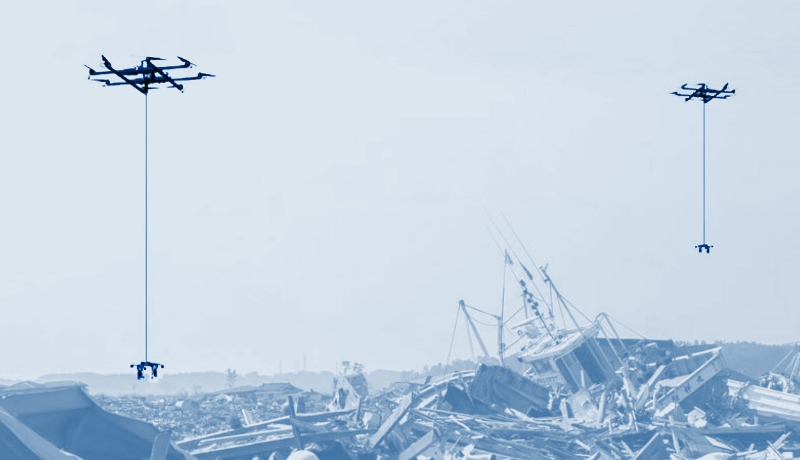
Drones with different purposes can be combined to exchange ro combine batteries in the sky.
Aeronext can develop customized solutions to meet your specific applications and needs.
The future of logistics and industrial drones made possible by 4D GRAVITY®︎


